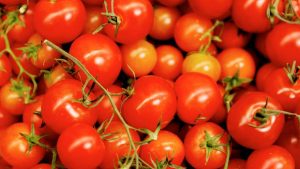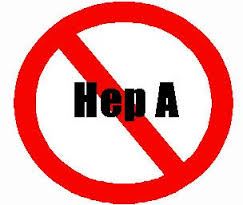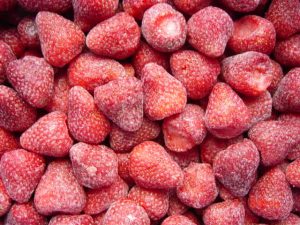Outbreak News reports that aIn a follow-up on the Salmonella Braenderup outbreak in Sweden, the Swedish Public Health Agency now reports a total of 36 confirmed outbreak cases reported from 13 different regions during the period 4 April to 15 May.
 The cases of the disease are in the ages 0-95 years and 29 of the patients are women. The cases have been linked using whole genome sequencing (analysis of the bacterium’s genome).
The cases of the disease are in the ages 0-95 years and 29 of the patients are women. The cases have been linked using whole genome sequencing (analysis of the bacterium’s genome).
The outbreak is international as several countries in Europe have identified cases of the same variant of salmonella. The source of infection is suspected to be a food that has been widely distributed both in Sweden and abroad.
The affected infection control units, municipalities, the National Food Administration and the Swedish Public Health Agency jointly investigate the outbreak at national level, while collaboration at international level is handled by the central authorities and coordinated by the European Anti-Infection Authority ECDC.









